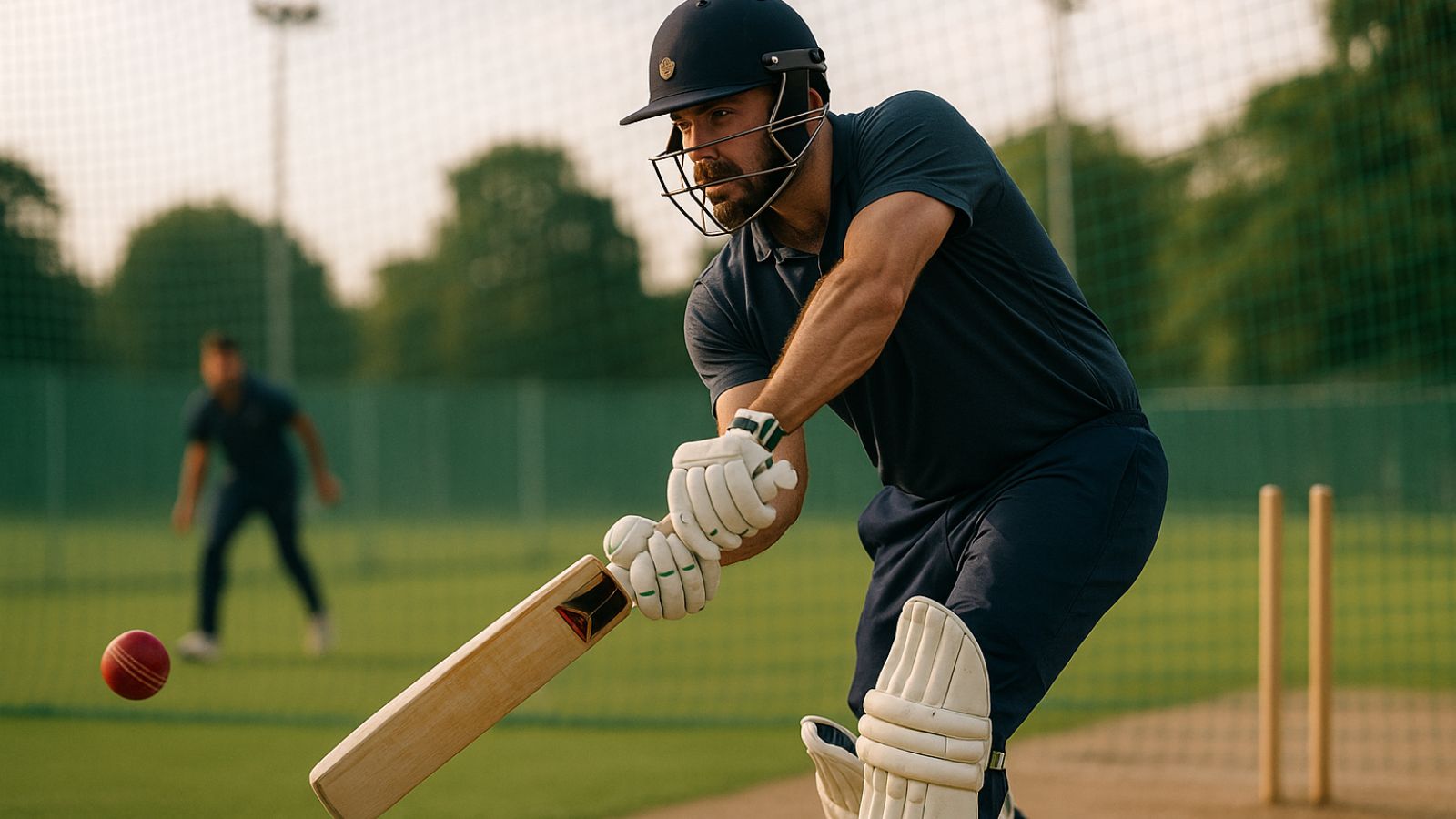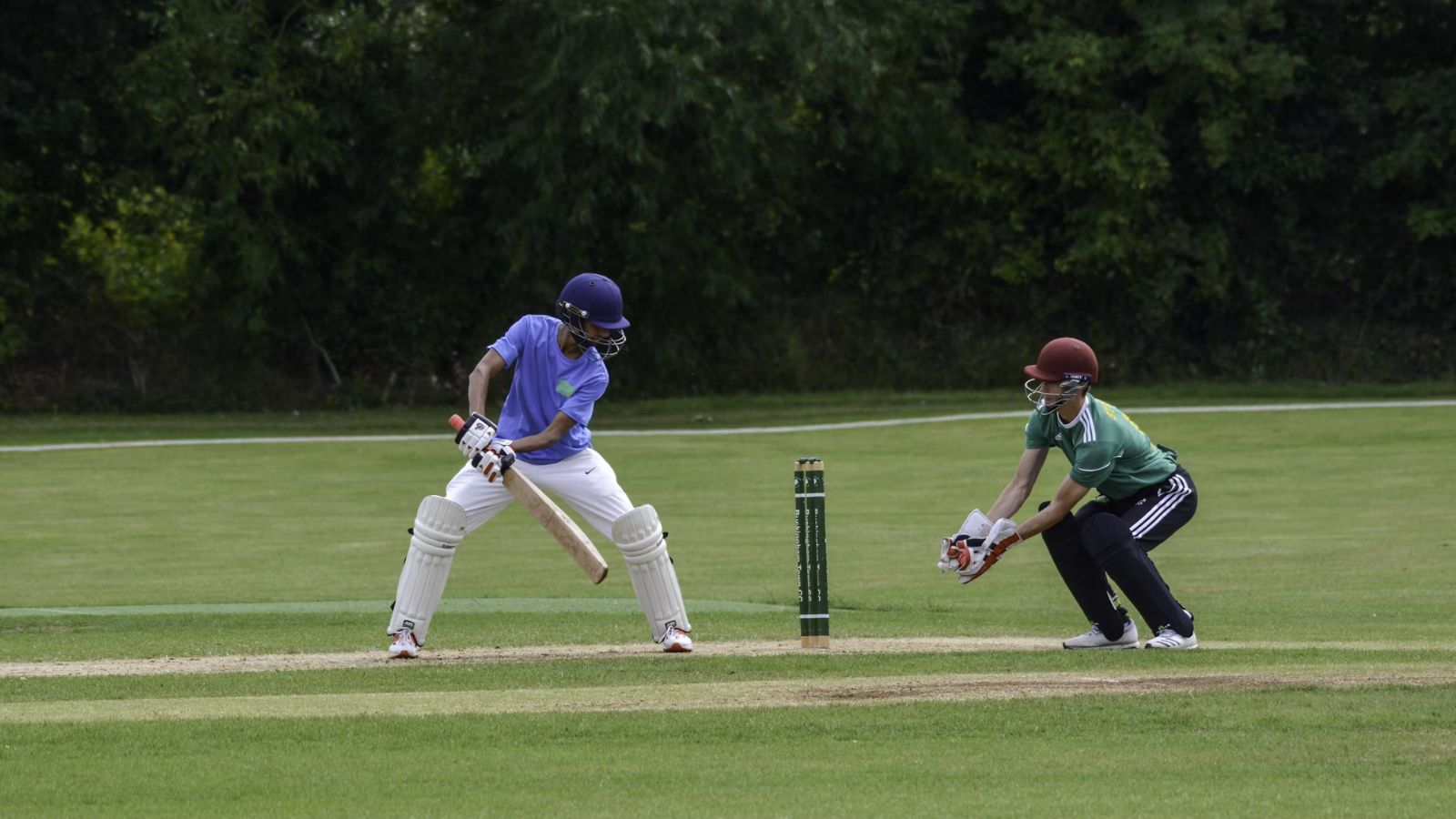
T20 cricket has completely flipped the script on how batting is approached. The shortest format in the game has evolved from a novelty into a dominant force. And it’s not just about big hits anymore. There’s nuance, strategy, and calculated risk. Batters aren’t just sloggers. They’re thinkers, innovators, and sometimes even gamblers.
That last part might sound odd, but the pressure in T20 feels a lot like the high-stakes thrill of a table game. Mindset matters just as much as technique. No wonder the rise of games like Funky Time live casino goes hand in hand with this shift – both demand sharp instincts, quick decisions, and nerves of steel.
Mind Over Muscle: The Mental Shift In T20 Batting
Old-school batting was about patience. Stay in, build your innings, grind the bowlers down. That script? Torn up. T20 demands intent from ball one. Batsmen now train their minds to take initiative early. The first six balls can shape the whole innings. That means no room for doubt.
The mental game in T20 is a beast of its own. Players meditate, work with sports psychologists, and do scenario-based training. Batters rehearse not just shots, but reactions. How to stay calm with 20 needed off 6? How to read a bowler’s body language? Decision-making under fire is key. More than ever, modern batsmen are trained to think fast and clear.
Even junior players are being coached to embrace risk and handle failure. Strike rate often matters more than average. That messes with the old-school ego. It takes guts to dance down the track first ball. But that’s the new normal.
Batting Drills Rewired: Training For Chaos
Practice looks different now. Instead of long net sessions focusing on defense, drills are explosive and unpredictable. Batsmen face random deliveries. They’re told to hit specific targets. Coaches throw in yorkers, bouncers, slower ones at will. Training mirrors match chaos.
Focus is on versatility. Players learn to hit 360 degrees. One delivery, five shot options. That’s how innovation thrives. Think of the ramp, reverse sweep, switch hit – these aren’t gimmicks anymore. They’re weapons.
Modern drills often include:
- Power hitting under fatigue: Players are pushed physically before they start hitting. Simulates pressure situations.
- Target zones: Boundaries marked in tough angles. Batsmen are forced to find gaps creatively.
- Game-scenario nets: 14 off 4 balls, 5 wickets down. Play it out. Real tension. Real results.
These sessions don’t just sharpen skills. They hardwire decision-making. Reflex becomes instinct.
Strike Rate Over Survival: Redefining Success
In Tests or even ODIs, a fifty was always a job well done. In T20? A 20 off 8 balls can win you a match. That’s a big switch in mindset. It’s not how long you bat, but what impact you make.
Selectors now look beyond averages. They want intent. A batsman with a 140+ strike rate and guts to go hard in the Powerplay is gold. Dot balls are evil. Singles are meh. Boundaries? Currency of champions.
Here’s how batting success is measured now:
- Impact per delivery: What did you do with each ball? Did it shift the pressure?
- Powerplay performance: Can you dominate when the field is up?
- Finishing ability: Calm under chaos. Can you chase 15+ per over?
- Boundary percentage: More boundaries, less time wasted.
These metrics shape training plans. Players are drilled for specific roles. Some are openers meant to go berserk. Others are finishers who must hold their nerve.
Gear, Gyms, And Grit: Physical Side Of Modern Batting
T20 cricket is a sprint, not a marathon. That changes how batsmen prepare physically. Endurance is out. Explosiveness is in. Players hit the gym for power, agility, and core strength. Bat speed, hand-eye coordination, and lower-body drive get special focus.
Bat weight has changed too. Many use heavier blades with thicker edges. Sweet spots are bigger. Mishits still go for six. But you need muscle to swing it right. Wrist strength matters. So does balance.
Typical Strength Work For Modern Batsmen Includes:
- Medicine ball slams
- Rotational core workouts
- Explosive jump squats
- Grip and forearm conditioning
Combined with mobility drills, this creates a batter who can react fast and hit hard. Flexibility is underrated too. Reverse sweeps and ramps need joints that bend and twist with control.
Data-Driven Decisions: Smart Batting Gets Smarter
Video analysis and stat models are old news. Now it’s about real-time data. Batsmen study heat maps of bowlers, fielding patterns, and even dew impact. They prep for match-ups, not just line and length.
In elite teams, analysts sit with batters pre-match. They break down bowler habits. Who bowls wide yorkers under pressure? Who loses their line when hit for six? Players build plans. Some even have earpieces during practice, getting live feedback.
AI-powered tech now tracks reaction times, shot success by zone, and more. It’s nerdy. But it wins matches.
Batting Styles Diversify: One Format, Many Roles
In T20, not all batters are built the same. Roles are specialized. A team might carry six batters, each with a distinct job. That changes how they train, think, and even bat.
Common Batting Roles In T20 Include:
- Powerplay Basher: Goes hard in the first six. No fear. High-risk, high-reward.
- Anchor: Glues the innings. Steady, rotates strike, keeps chaos in check.
- Floater: Bats anywhere. Tactical weapon. Needs extreme adaptability.
- Finisher: Ice-cold under pressure. Hits sixes at will.
Each role demands unique prep. A basher practices lofted shots over the infield. A finisher trains hitting full tosses over the ropes. Anchors work on running between wickets and smart gaps. No cookie-cutter drills here.
This specialization lets teams build better combinations. And it makes every batter more self-aware.
Final Over
T20 cricket isn’t just entertainment. It’s a tactical revolution. And nowhere is that more visible than in how batsmen prepare and perform. Training is shorter but sharper. Thinking is quicker. Roles are clearer.
There’s still art in batting. But now it’s laced with science. Every shot, every choice, is calculated. And that mindset shift? It’s redefining the modern cricketer, one ball at a time.

















